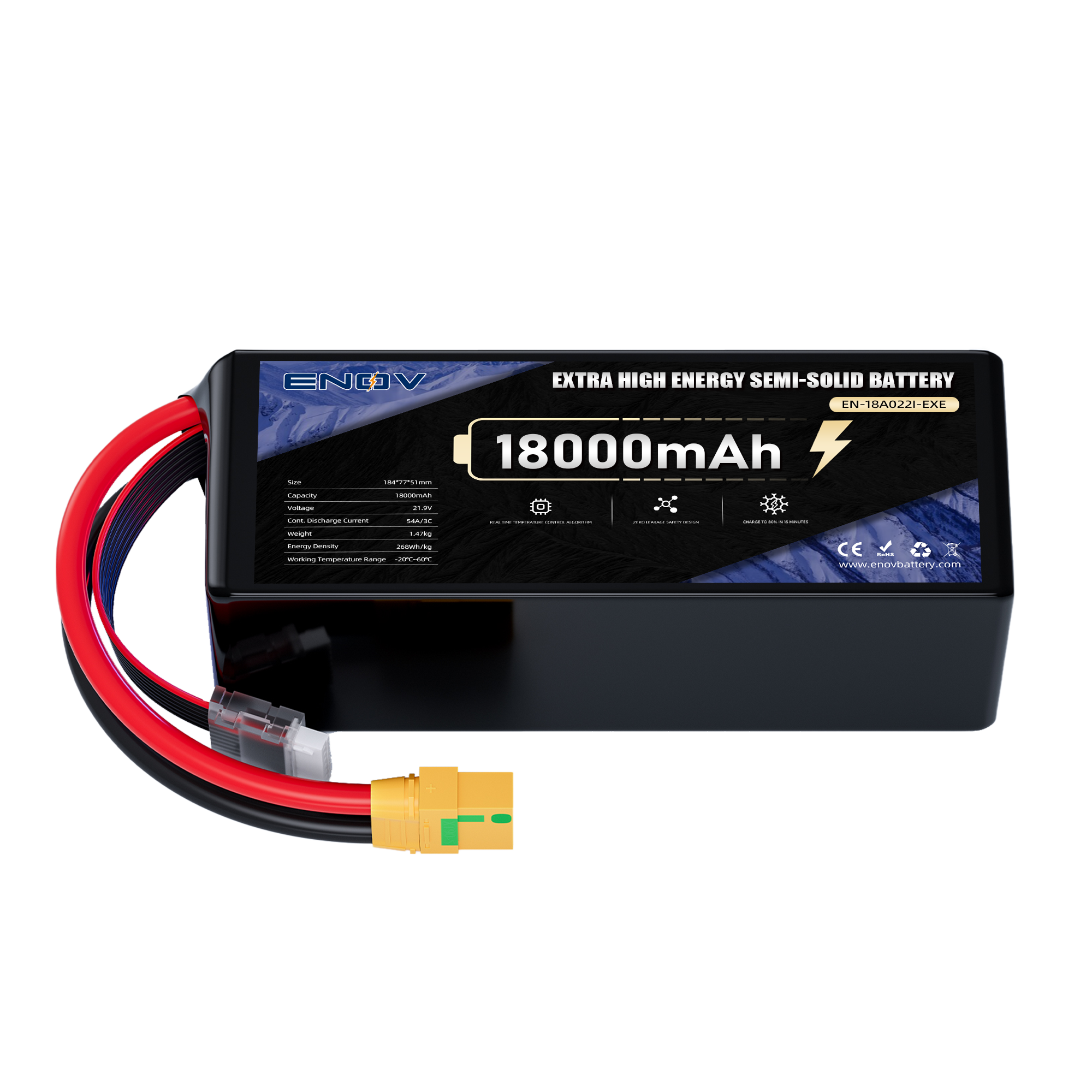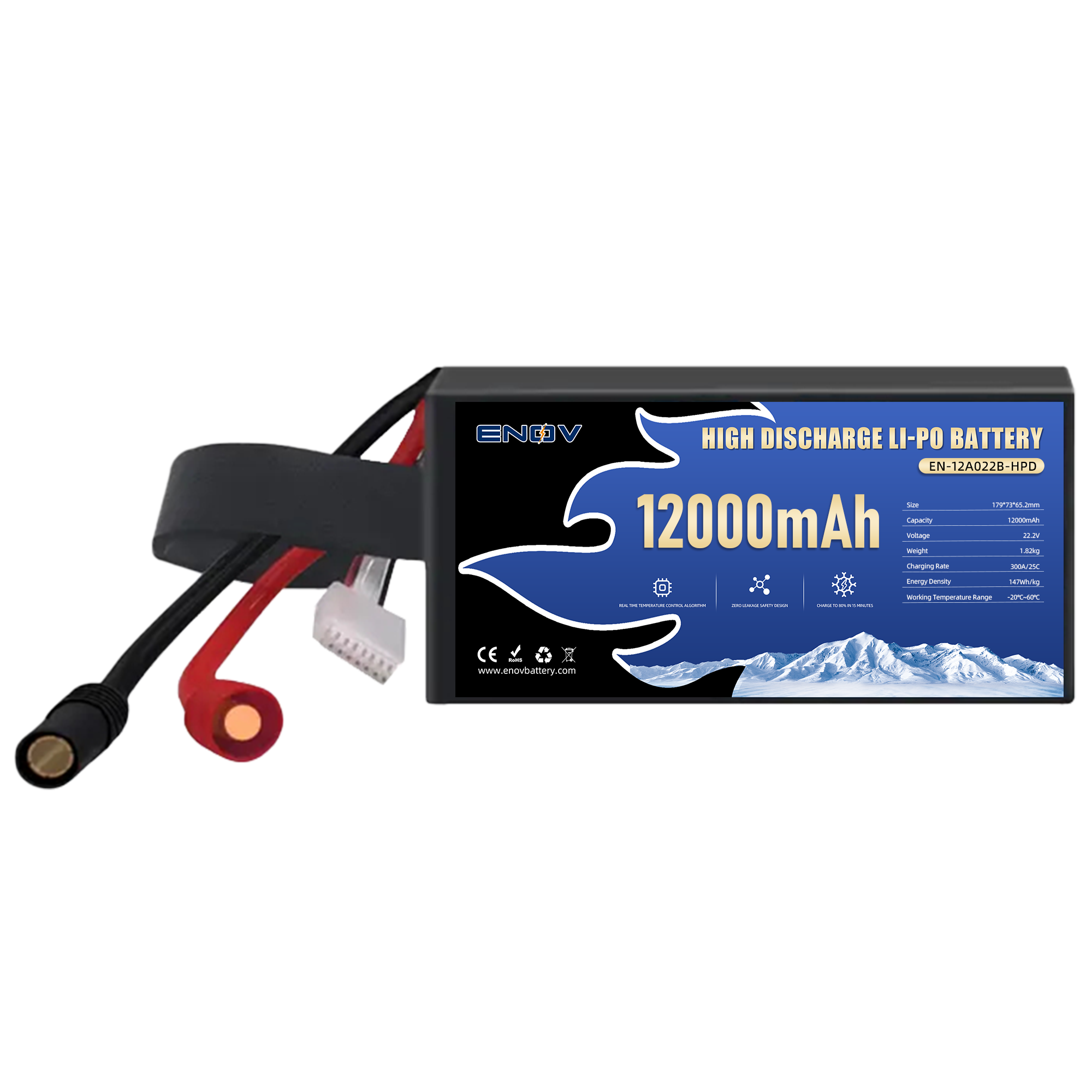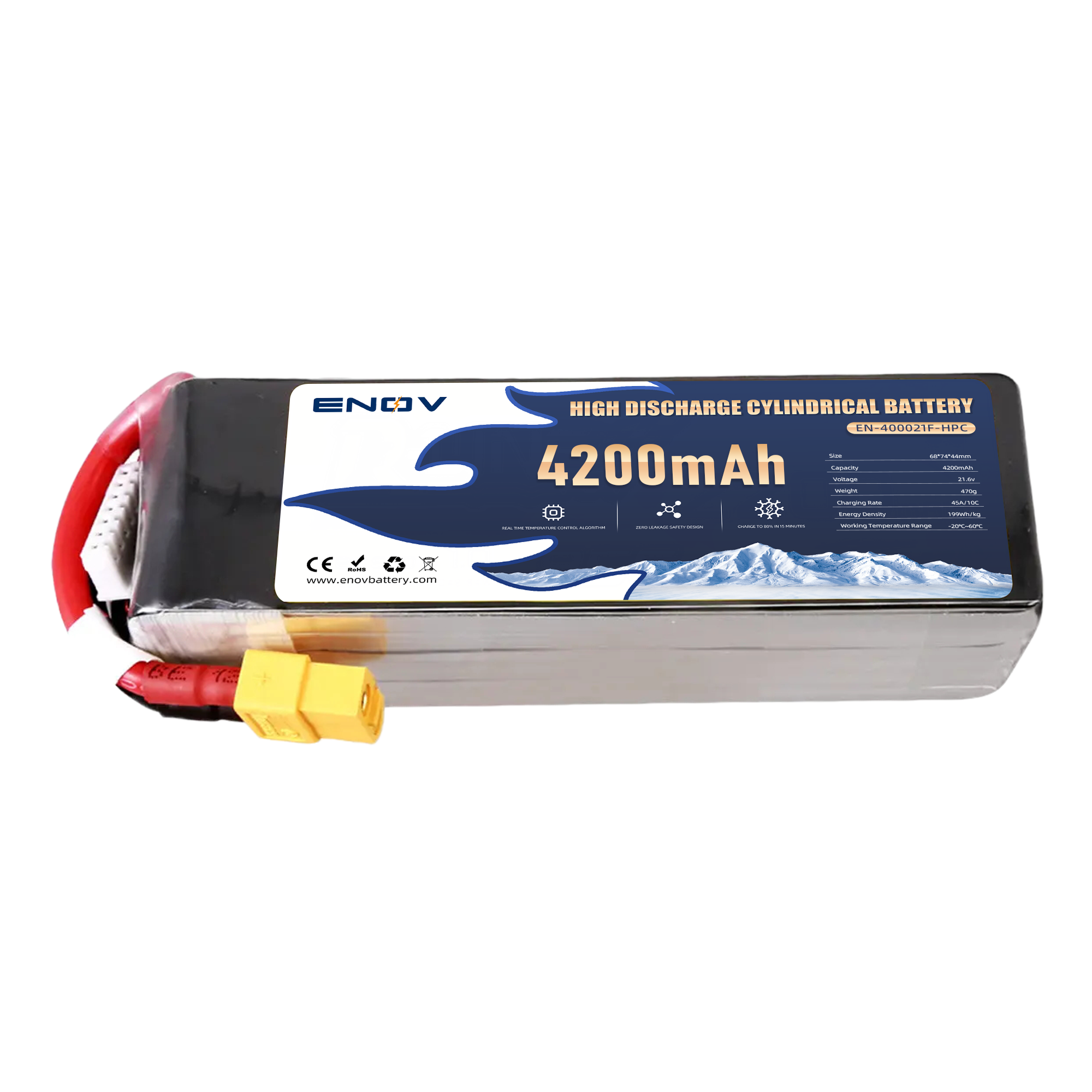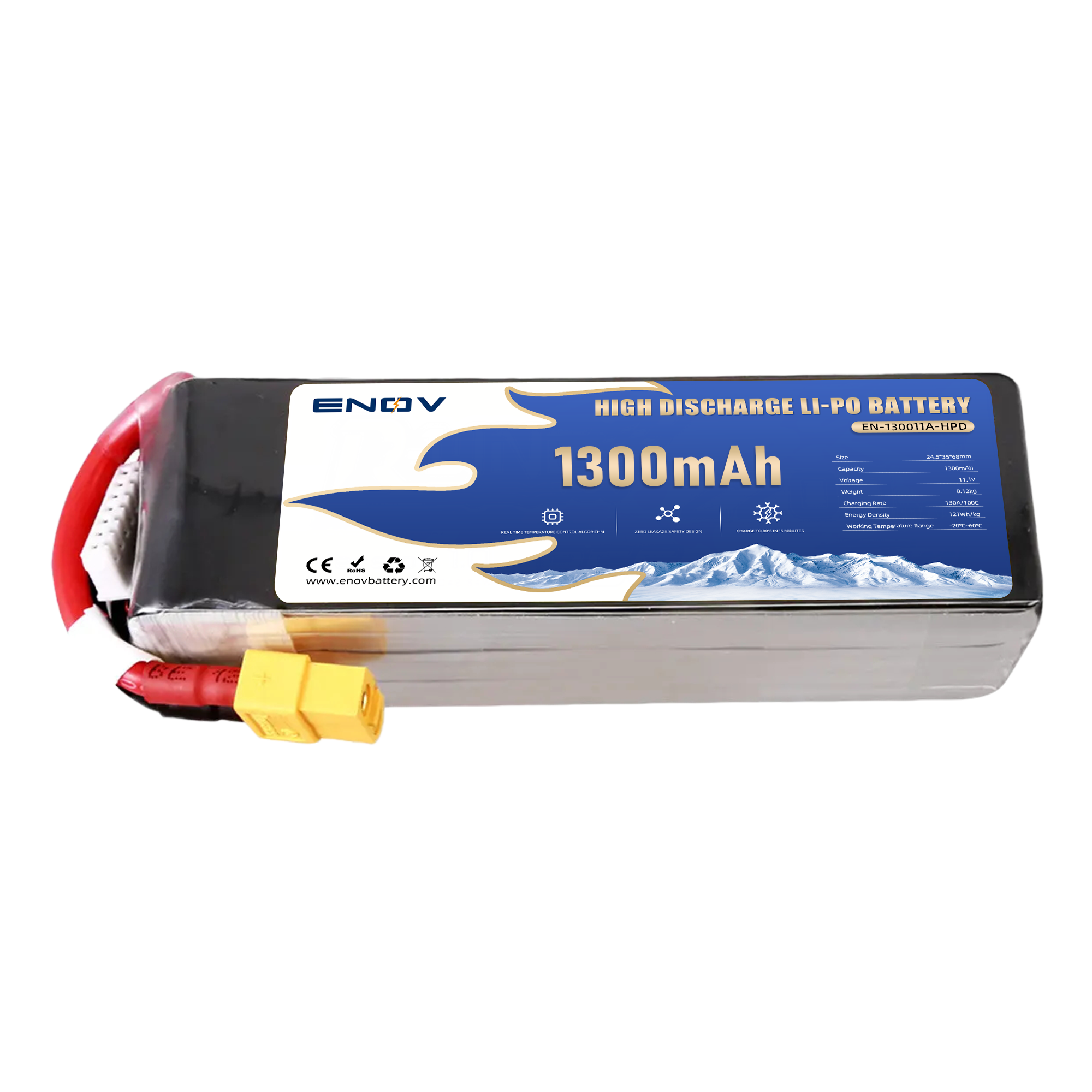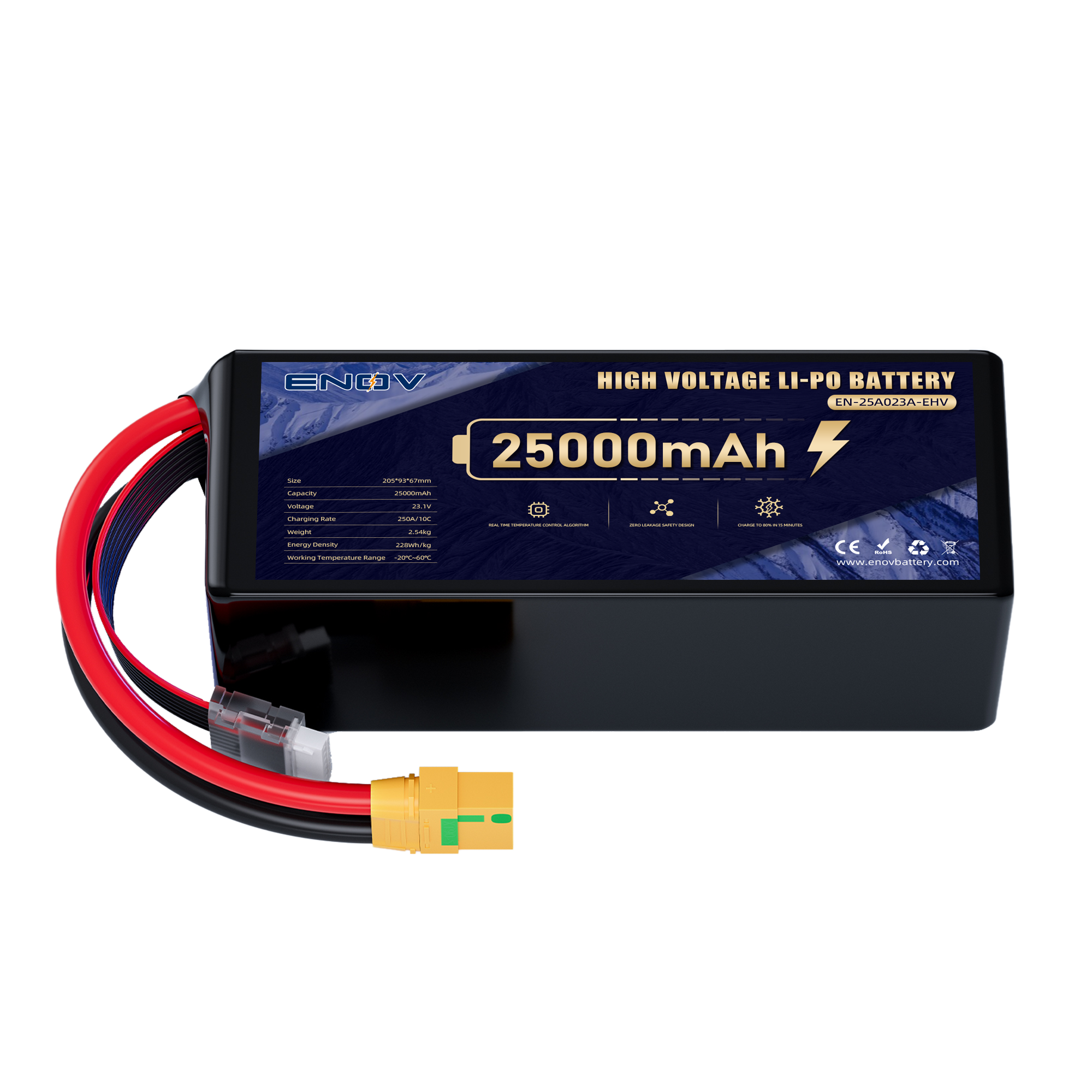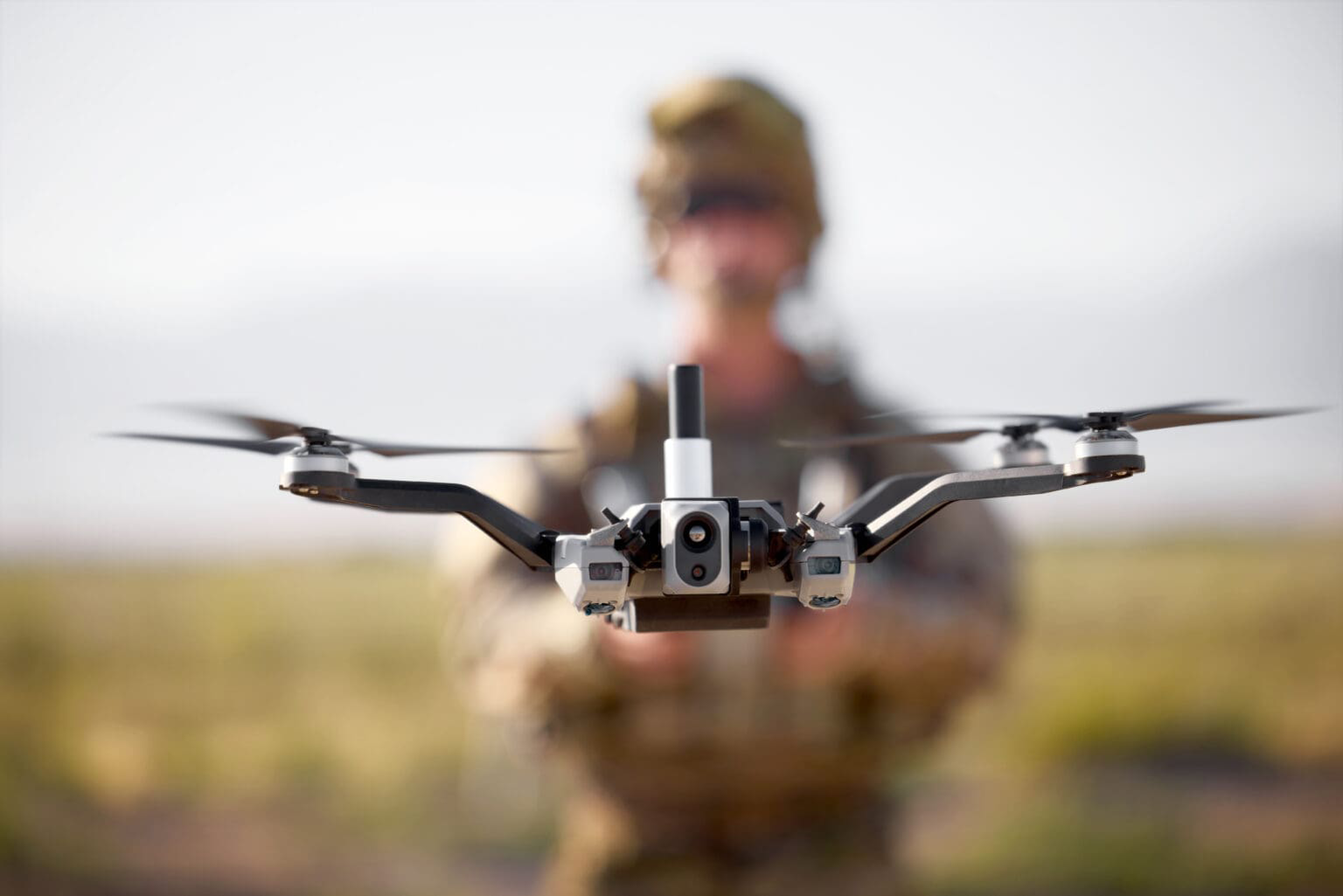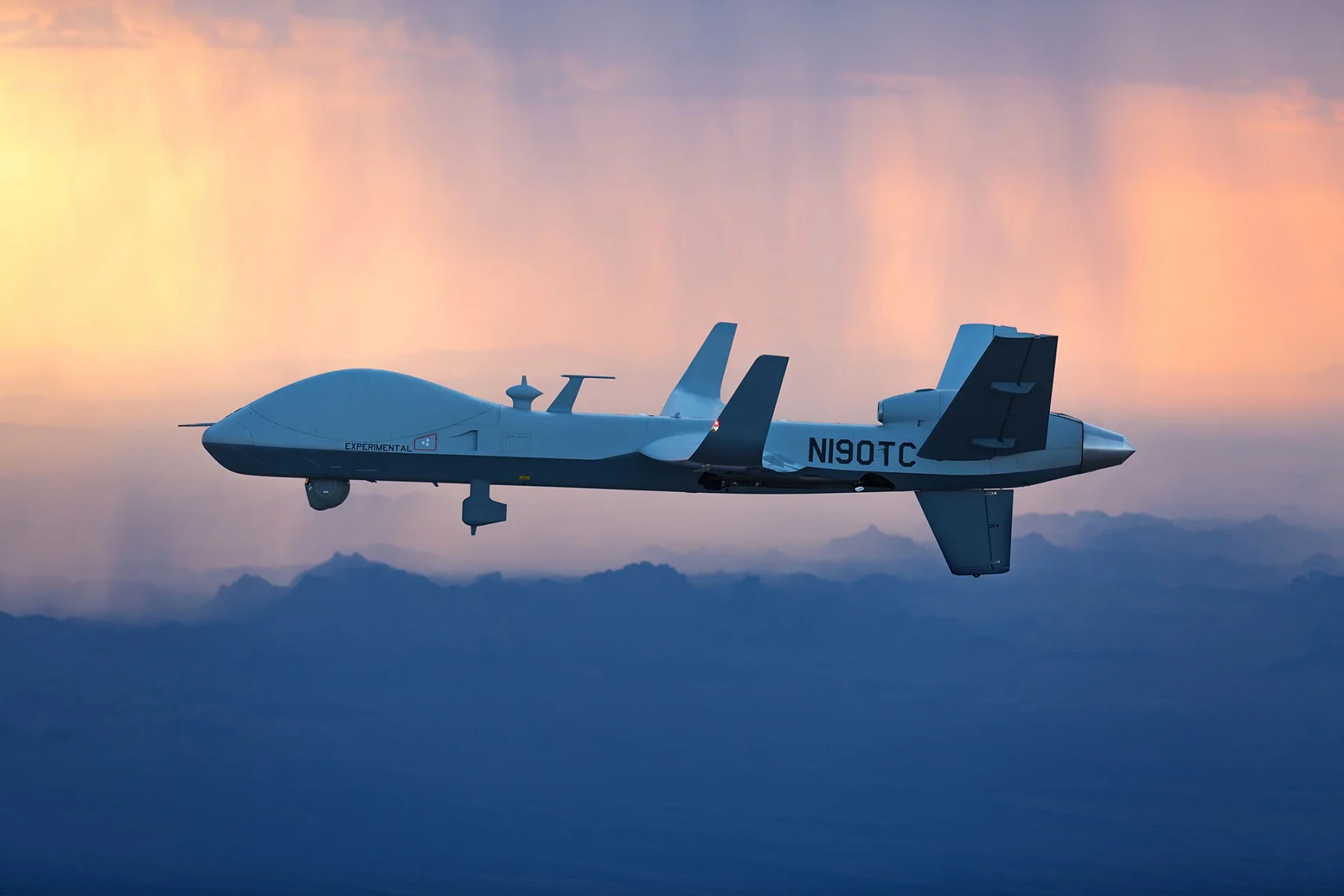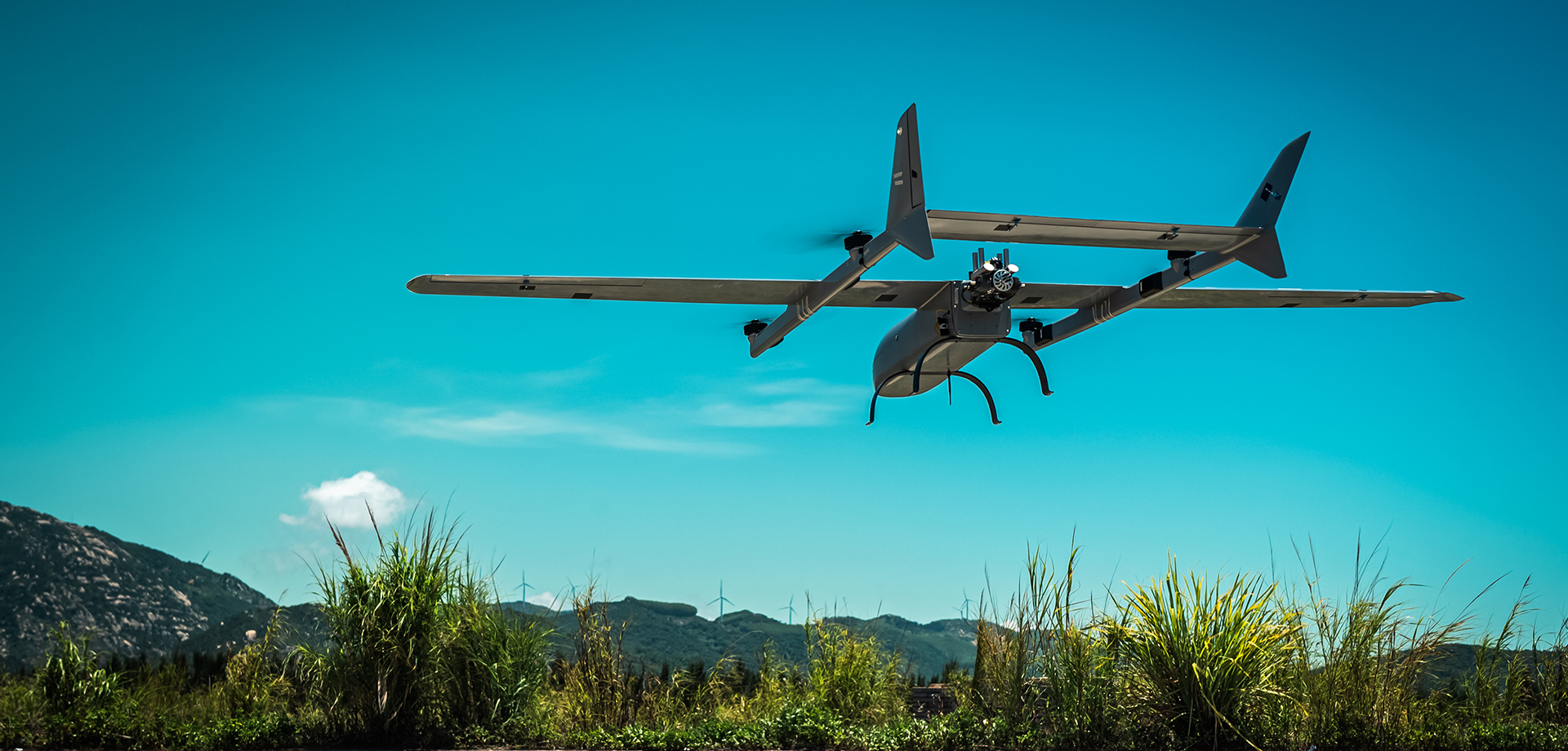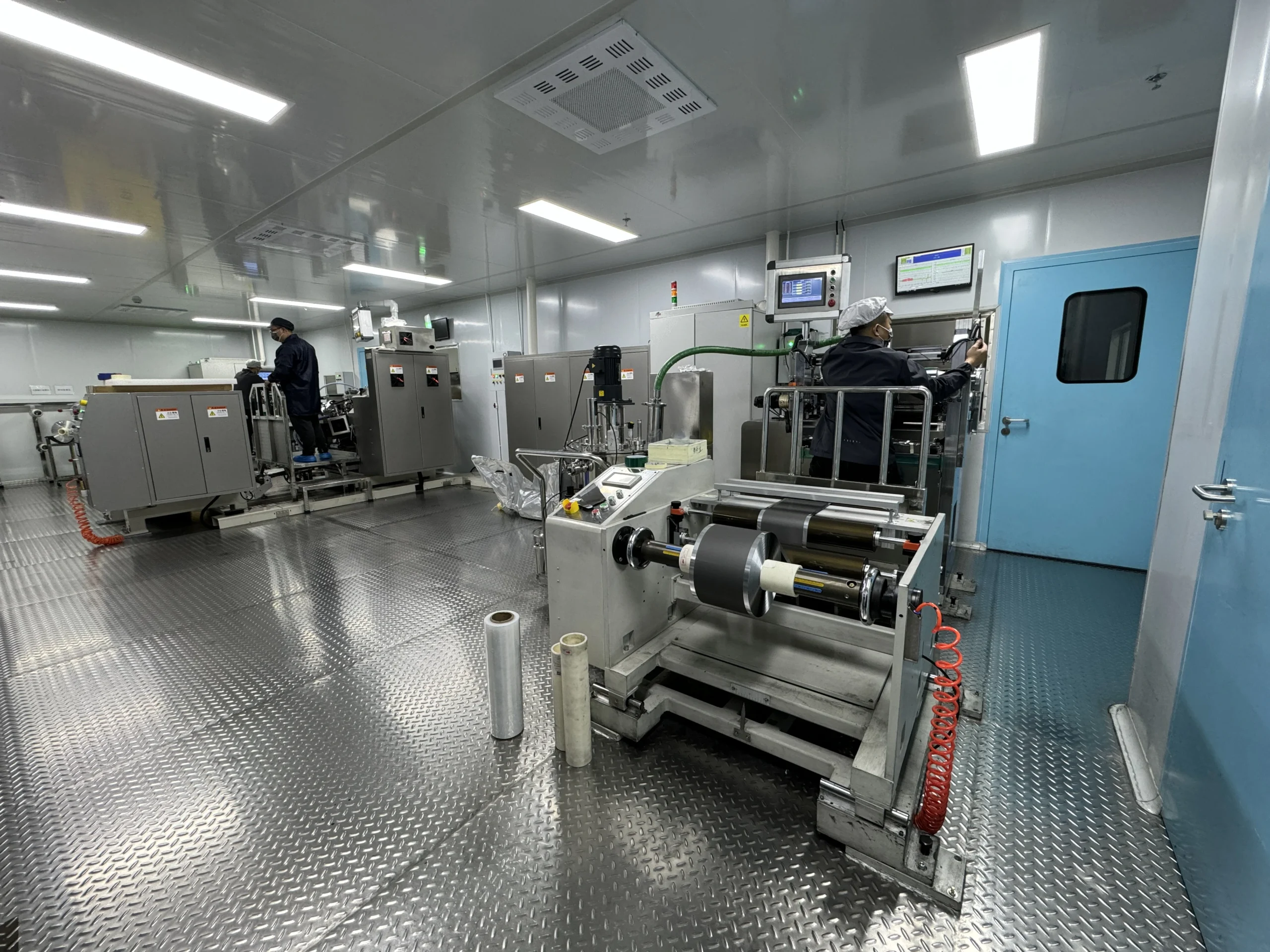Long-Term Storage Monitoring: Detecting Battery Health Through Self-Discharge Rate
Monitoring self-discharge rate is critical for evaluating lithium-ion battery health during long-term storage. A high self-discharge rate (e.g., >5% monthly) signals cell degradation, internal shorts, or electrolyte breakdown. This guide explains how to measure and interpret self-discharge data, ensuring your stored drone batteries remain reliable.
main content
1. Measuring Self-Discharge Rate
1: Fully charge the battery to 100% (4.2V per cell) and let it rest at 20-25°C.
2: After 30 days, measure voltage and capacity.
3: Calculate loss: Self-discharge rate = [(Initial capacity − Final capacity) ÷ Initial capacity] × 100.
2. Interpreting Results
Healthy Battery: ≤3% monthly loss (e.g., 5000mAh → 4850mAh).
Warning Zone: 3-5% loss—test more frequently or retire for non-critical tasks.
Critical Risk: >5% loss indicates irreversible damage; dispose immediately.
3. Tools for Accurate Monitoring
Smart Battery Checkers: Devices like ISDT BattGo track voltage and capacity automatically.
Data Loggers: Record voltage hourly to spot sudden drops.
Impedance Meters: High internal resistance (>150mΩ) correlates with rapid self-discharge.
4. Mitigating High Self-Discharge
Recondition Cycles: Charge/discharge at 0.2C three times to stabilize cells.
Optimal Storage Voltage: Maintain 3.8V±0.05 per cell to slow chemical reactions.
Temperature Control: Store in dry, cool environments (10-20°C) to minimize degradation.
Why Self-Discharge Matters
A battery losing 8% monthly could deplete to 0% within a year, risking deep discharge. For example, a 6000mAh battery dropping to 4200mAh after 6 months becomes unusable for flight.
Red Flags During Monitoring
Voltage Spikes/Drops: Fluctuations >0.1V suggest internal shorts.
Swelling: Even minor bulging accelerates self-discharge.
Inconsistent Cell Voltages: >0.05V difference in multi-cell packs.
Conclusion
Regular self-discharge rate checks are vital for maintaining drone batteries in long-term storage. Use smart tools, track monthly losses, and act on anomalies to prevent failures. Always prioritize batteries with stable self-discharge rates (<3%) for critical missions—proactive monitoring saves costs and ensures flight readiness.
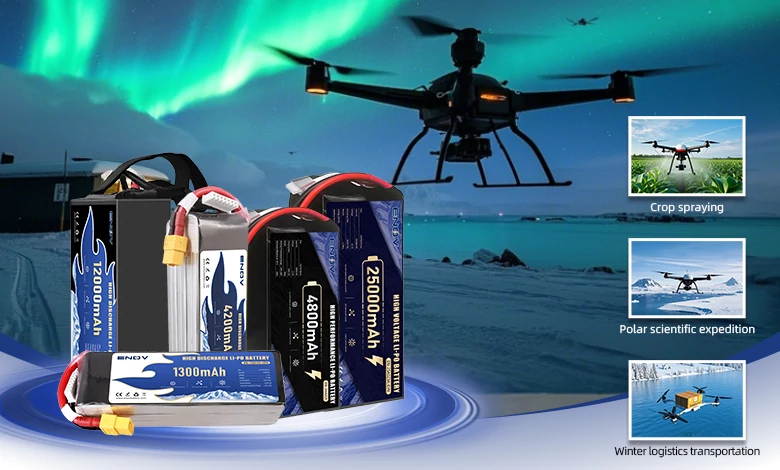
UAV DRONE battery
Enov UAV battery has the most advanced UAV battery new technology, it has a lightweight structural design, ultra-high energy density, stable continuous discharge, customized ultra-high instantaneous discharge, wide temperature working range, stable charge and discharge, battery materials can choose high nickel terpolymer positive/silicon carbon negative material system combined with semi-solid battery technology. Or choose a more mature application of more UAV lithium battery technology, available UAV battery nominal voltage 3.7V, capacity 18.0Ah ~ 30.0Ah, support 10C continuous discharge and 120C pulse discharge (3 seconds). With ultra-high energy density (220-300Wh/kg) as its core advantage, Enov UAV batteries can meet the needs of long-term endurance scenarios such as plant protection drones and transport drones, while maintaining stable emission performance in extremely low temperature environments (-40℃).
Other products
START-STOP LITHIUM BATTERY
LITHIUM ENERGY STORAGE BATTERY
QUICK INQUIRY
FAQ
Access to high frequency technical questions with one click, get accurate answers on product application, after-sales policy and customization process.
Service and Support
Get the latest product specifications, explore professional OEM/ODM customization services, click to open exclusive technical support and production solutions.
Become a Partner
We sincerely invite resources to interconnect, work together for win-win development, and immediately open a new chapter of strategic cooperation!
